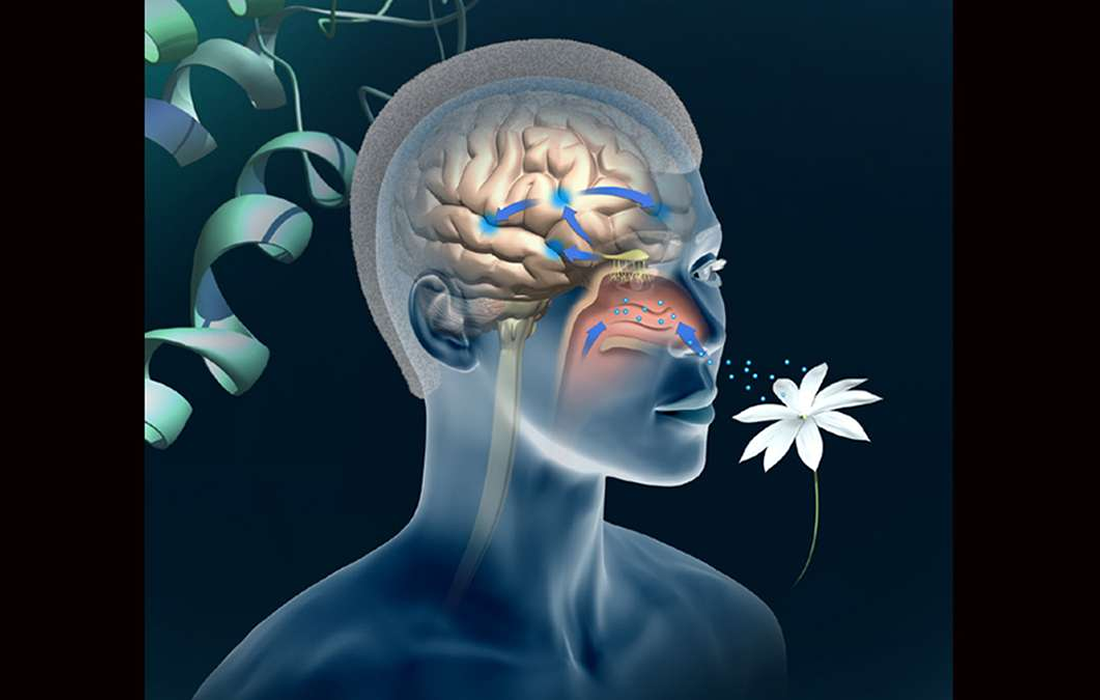Stem Cell Therapy for Specific Conditions
Could stem cell therapy restore smell?
A stem cell therapy delivered into the nose can restore the sense of smell in a mouse model of olfactory loss. The findings were published in May 30 in the journal Stem Cells Reports and provide proof of principle for an approach that has the potential to be of broad utility for a range of clinical conditions causing loss of olfaction.
Loss of olfaction affects millions of people in the US and remains a therapeutic challenge. Sensorineural causes, such as age-related decline, post-viral damage, head trauma, or genetic disorders affecting olfactory neuron function, are often permanent.
Neurogenic exhaustion is likely a common feature of many acquired anosmias, in which the normal replacement of damaged or senescent olfactory sensory neurons (OSNs) from progenitor basal cells is overwhelmed.
Regardless of the specific etiology, a pathogenesis involving failures in neuronal maintenance, function, or renewal suggests that a cell-based therapy to replace neurons may be broadly effective.
Recent studies in mice have shown the potential of viral gene therapy to restore olfactory function. But viral gene therapies are usually tailored only to specific conditions. By contrast, cellular replacement therapy holds promise for recovering olfactory function that is impaired due to a wide range of causes.
Goldstein and his team developed a genetic mouse model that cannot detect odors due to non-functional olfactory sensory neurons. Specifically, deletion of the Ift88 gene caused these cells to lack cilia, hair-like structures that are required for sensing odors. The researchers then delivered into the nose droplets containing globose basal cells the principal pool of replicating stem cells that replenish aging or damaged olfactory sensory neurons throughout life.
The adult stem cells engrafted to produce mature, functional olfactory sensory neurons in the olfactory epithelium. The engraftment-derived olfactory sensory neurons sent projections, or axons, to a brain structure called the olfactory bulb, restoring the sense of smell. Also, there was no evidence of tumor growth within the timeframe of the study, supporting the potential safety of this treatment.
More studies need to be done regarding the specific mechanisms in human cells that are required for production of functional olfactory neurons from progenitor cells in order to apply this model to human trials. But this study is a first step towards a therapy for a condition that has few treatment options.
Source:
Cell Press. “Intranasal stem cell therapy restores smell in mice.” ScienceDaily. ScienceDaily, 30 May 2019.
Source link: www.sciencedaily.com/releases/2019/05/190530122016.htm
Sarah Kurthencach, et al. Cell-Based Therapy Restores Olfactory Function in an Inducible Model of Hyposmia. Stem cell reports, 2019.

